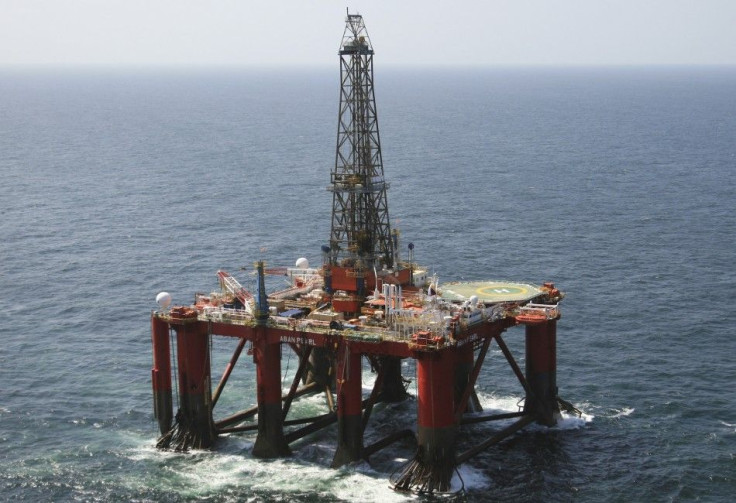Venezuela's Caribbean Find Is Changing Natural Gas Prospecting

A large natural gas find off the northern coast of Venezuela is changing the way natural gas in the Caribbean Basin is prospected.
Italian, Spanish and Venezuelan oil executives announced in December their intention to develop a giant natural gas find located just north of Venezuela, and the discovery has rocked the industry.
Located 31 miles from Venezuela's coast, at a depth of 196 feet, lies 17 trillion cubic feet of natural gas in what has been called the La Perla find.
When it was discovered in 2009 it was hailed as one of the biggest gas finds of the year, said Paul Mann, a professor at the University of Houston's Department of Earth and Atmospheric Sciences, who is conducting geologic assessments of the Caribbean Basin.
He said the discovery has changed the prospecting paradigm for the region.
Previously, the common belief was such that hydrocarbons -- natural gas and oil -- typically were found in what are called clastic, or sedimentary, rocks. These rocks, such as sandstone, became compacted and hardened.
All is quiet until these 17 trillion cubic feet of gas appear in a 65-million-year-old rock formation that is, well, everywhere in the Caribbean Basin. The prevailing theory now is that much more natural gas could yet be found. Carbonate rocks are partially sedimentary rocks that have carbonate crystals in them.
Carbonate rock, that's all over the Caribbean, Mann said. If there are productive areas [in Venezuela], then there could be a lot of them.
Since the natural potential of the Venezuelan field was confirmed, companies have been searching the area for similar types of rock formations, Mann said.
Fabiola Ortiz, an analyst with Standard & Poor's in Mexico City, said most of the search for additional gas fields is focused on Trinidad and Tobago, which is not far from the La Perla site.
According to a 2000 assessment by the U.S. Geological Survey, Trinidad and Tobago is estimated to hold 61,193 billion cubic feet of natural gas, the vast majority of it offshore.
Ortiz said Venezuela's state energy monopoly, Petroleos de Venezuela, or PdVSA, will remain active in the region, but it's not alone. Italian company Eni and Spain's Repsol have joined in, and the latter is attempting to mine what are believed to be oil deposits off Cuban shores.
According to the S&P analyst, although similar natural gas deposits have yet to be found, and most of the attention in the basin will focus on La Perla and any adjacent or satellite fields, Mexico's state oil company, Pemex, is gearing up for additional offshore development of its own. Within the year, the company will open up 2,583 square miles in 22 fields for oil development, including some offshore real estate in the Gulf of Mexico. Altogether, an estimated 1.7 billion barrels of oil could become available.
The USGS estimates that 960 billion cubic feet of natural gas remains undiscovered in and around Cuba, while another 8,300 billion cubic feet could be found throughout the Antilles.
For now, Ortiz said, counties in Latin America, including Mexico, are more likely in the short term to focus on shale resources in what they hope will be a mirror of the U.S. success, but if Mexico's offshore lease sale is any indication, offshore development throughout the region's basin is not far off.
© Copyright IBTimes 2024. All rights reserved.




















